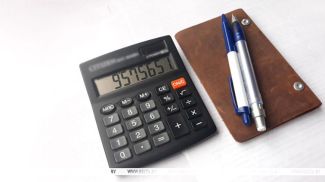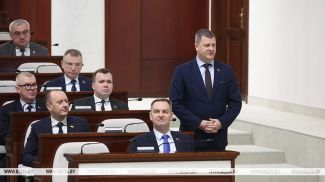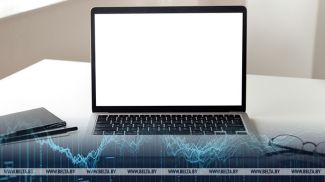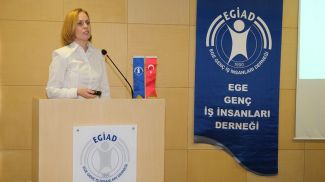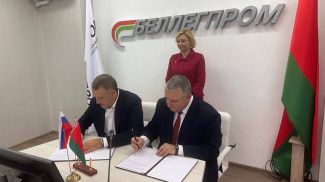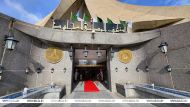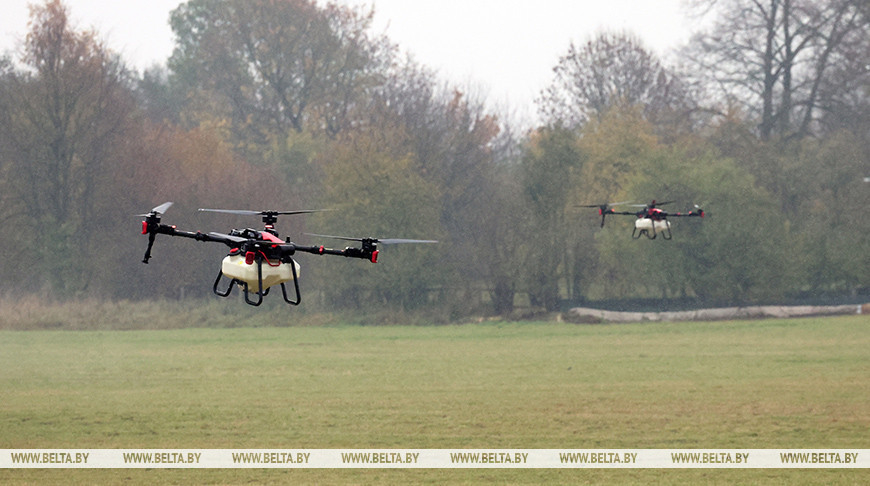
BERESTOVITSA DISTRICT, 23 October (BelTA) – A presentation of what drones can do for agricultural work took place as part of an expert seminar held at the agricultural enterprise Stary Dvorets of the Grodno Oblast energy company Grodnoenergo, BelTA has learned.
Theoretical applications of drones were discussed first. The discussion was followed by test flights above fields of the agricultural enterprise, by mapping of the enterprise’s fields, and by agricultural work. Experts are convinced that the use of unmanned technologies in agriculture opens up new opportunities for increasing the efficiency of agricultural production. Key advantages include ultra-low volume spraying technology, which reduces water consumption by 95%, and a multiple increase in the area covered by protective agents, which improves the accuracy of their application.
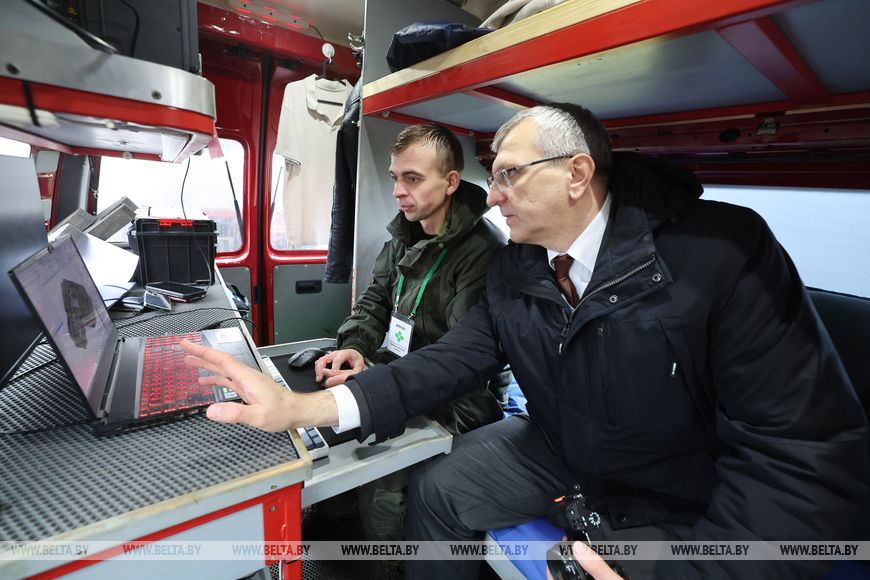
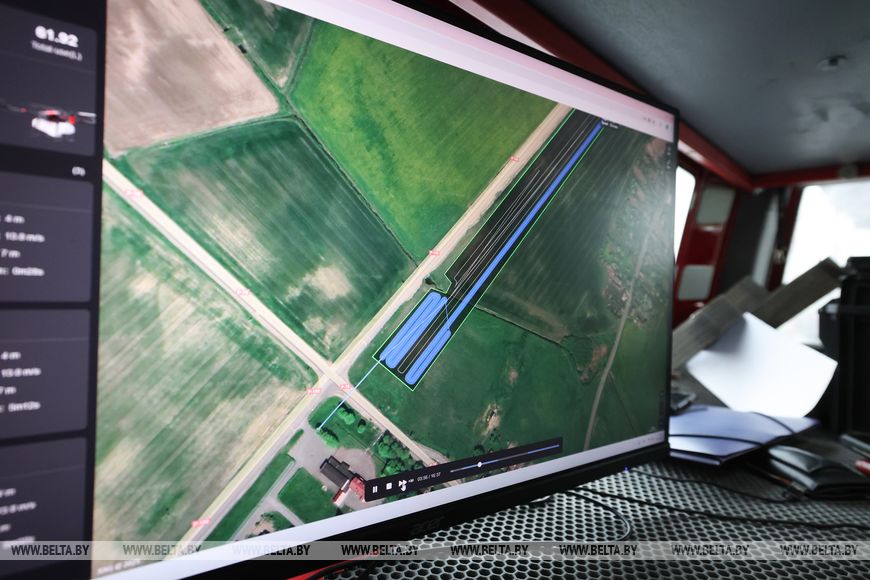
For example, the Stary Dvorets agricultural enterprise intends to actively use agricultural drones for essential work next year. Director of the agricultural enterprise Gennady Liger noted that a pilot experiment conducted at the agricultural enterprise has enabled the enterprise to take a close look and calculate the economy of using agricultural UAVs. “These vehicles will allow us to carry out cultivation in the future in wet spots, in hard-to-reach places that the equipment we use cannot reach. This will allow us to work efficiently and cost-effectively, which will have a positive impact on our harvest,” Gennady Liger said. “I think we will use agricultural drones in combination with our own equipment – sprayers - as an addition as early as spring 2026 on winter rapeseed crops. This will allow us to achieve a good harvest quickly and efficiently.”
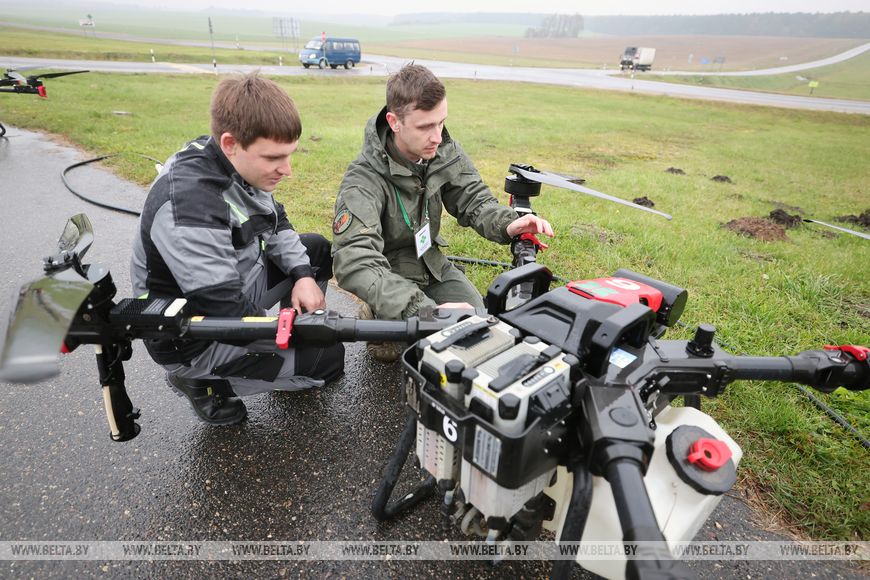
As the practice of using such agricultural drones indicates, there are many advantages. According to experts, drones save colossal amounts of water during spraying: they use 5 liters per 1 hectare. Conventional irrigation equipment consumes approximately 200 liters. As noted by Andrei Krushev, the director of the company intent on introducing drones in agriculture, agricultural drones are a modern tool for farmers.
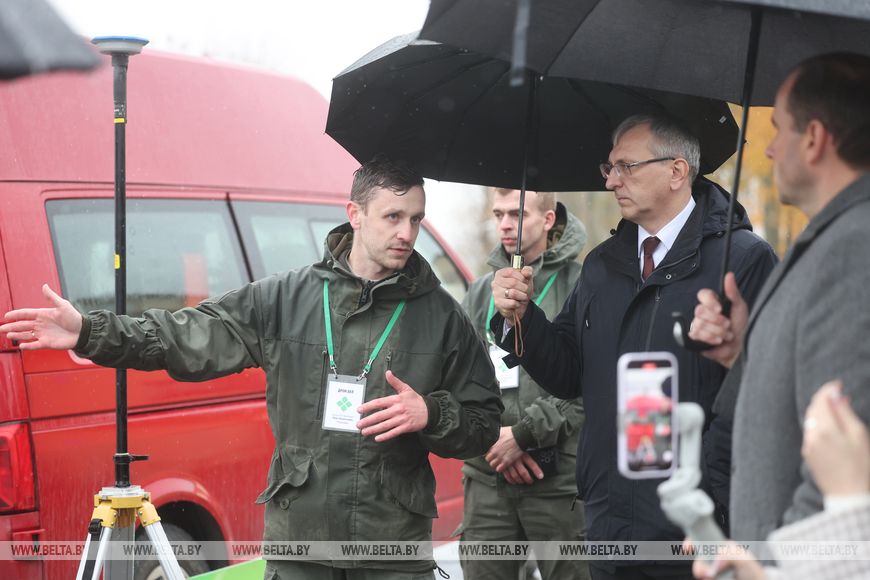
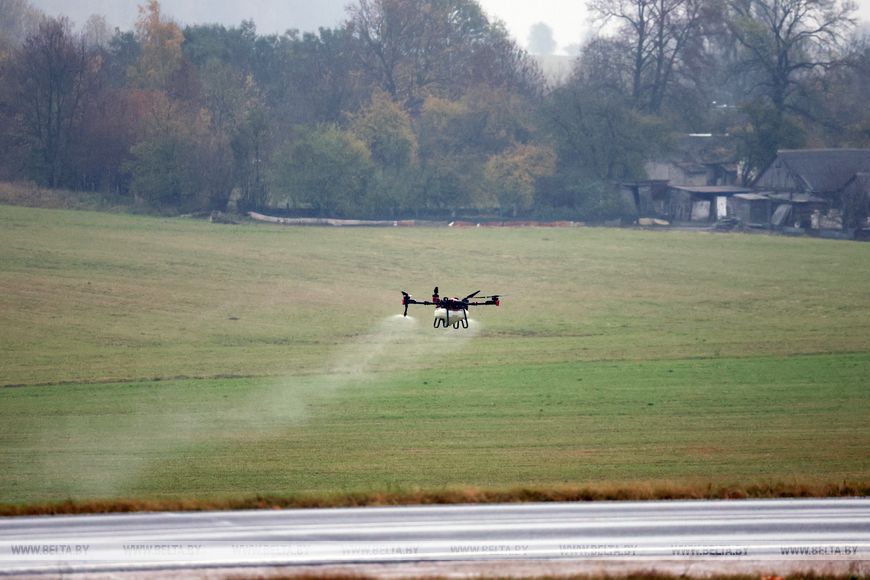
“The main task of agricultural workers is to meet agricultural deadlines. Agricultural drones are a very mobile complex that can help in complicated situations when, for example, ground equipment cannot cultivate everything on time, cannot enter the field, or cannot process tall crops without damaging the crops. No one has previously paid attention to it. There were no other options. Farmers had to use technological tracks and drive over the crops. But today when these opportunities are available, I believe it is wasteful to trample the harvest, it is no longer necessary,” he said. He also emphasized that agricultural drones cannot replace conventional sprayers, but they will occupy their own niche. “The president has also supported this application. They have showed him how it works,” added Andrei Krushev. Judging by the practice, the economic effect is obvious. For high-margin crops such as rapeseed the savings per 100 hectares in terms of the application of protective agents (without the need to make technological tracks or trample crops) amount to approximately Br25,000.
In the future drones can also be used for field cultivation with pinpoint precision. Another important area of application for agricultural drones is remote sensing for land plot inventorying, crop monitoring, and erosion detection. At a recent presentation of drone capabilities for agriculture before the head of state these machines were given new functions. For example, the so-called desiccation. This is the process of pre-harvest drying of plants, which minimizes losses and optimizes harvesting. Drones are successfully used for the desiccation of crops like rapeseed, sunflower, and soybeans, ensuring uniform application of desiccants and contributing to the optimization of harvesting.
Incidentally, as noted by Aleksandr Shaternik, Director of the PSDTU branch of RUP Grodnoenergo, the potential for using drones in the agricultural sector is essentially a continuation of the company’s efforts to embrace drones. The first steps in this area of power engineering were taken in 2017. “We surveyed certain buildings, structures, and cooling towers. These are the massive buildings that are used at Grodno Combined Heat and Power Plant No.2. The next stage of development was the use of thermal imaging surveys. Flights during the cold season allowed us to identify certain thermal anomalies (as part of an inspection of heating networks and pumping stations). This technology also allows us to check the thermal protection and quality of work performed by a contractor,” he said, adding that the fleet of these vehicles is being expanded while the functionality of UAVs is getting larger. Proprietary solutions, IT solutions of the energy company powered by artificial intelligence allow automating and making more efficient the processes of monitoring the state of power lines, including after consequences of bad weather.




